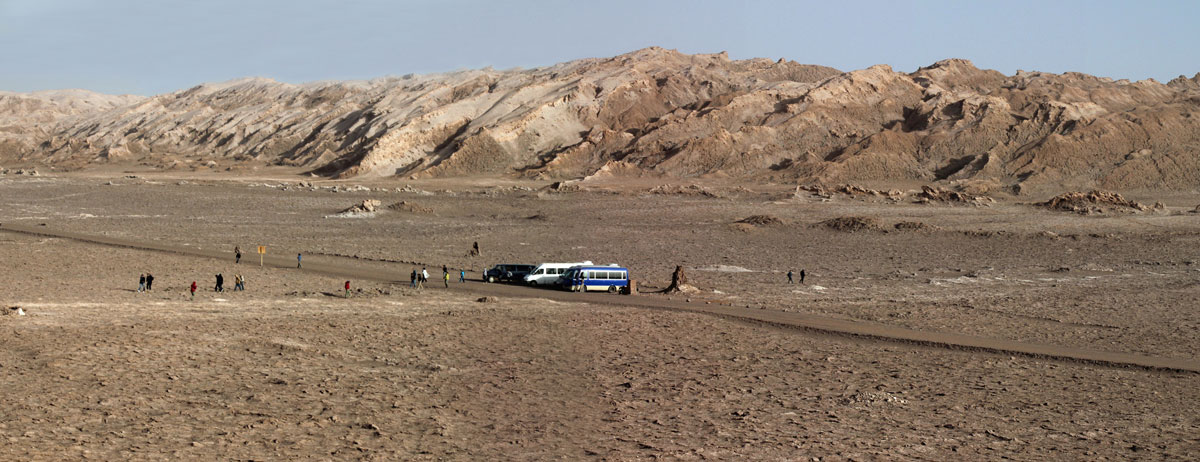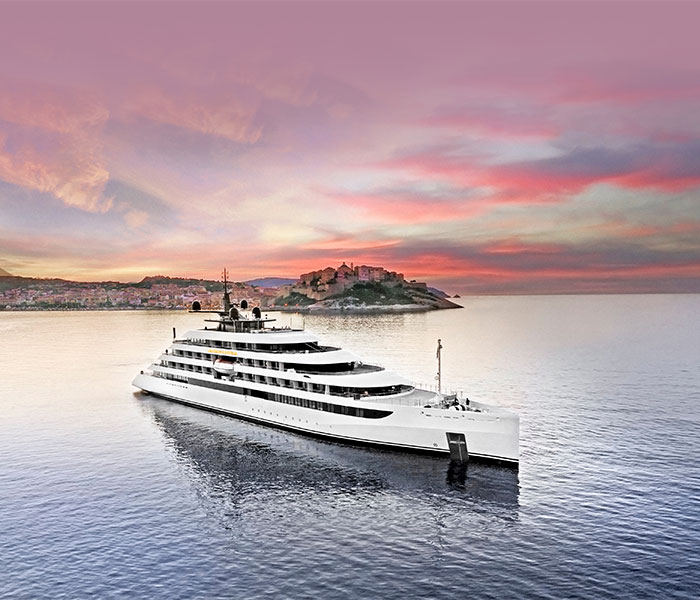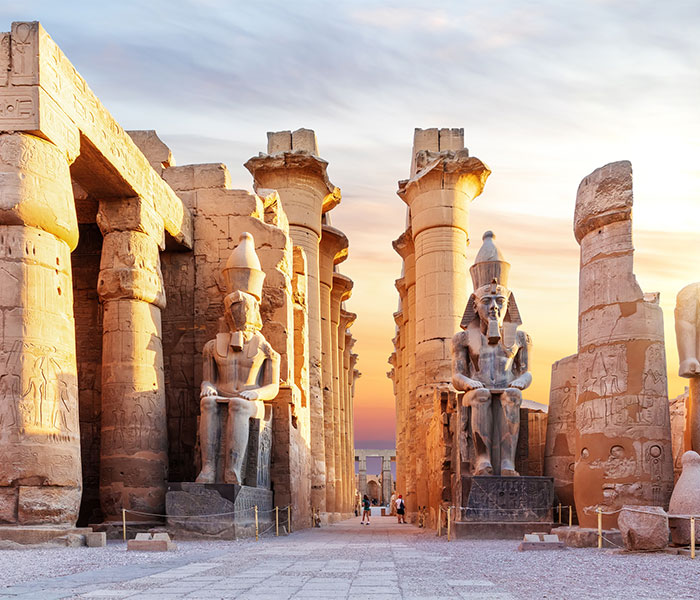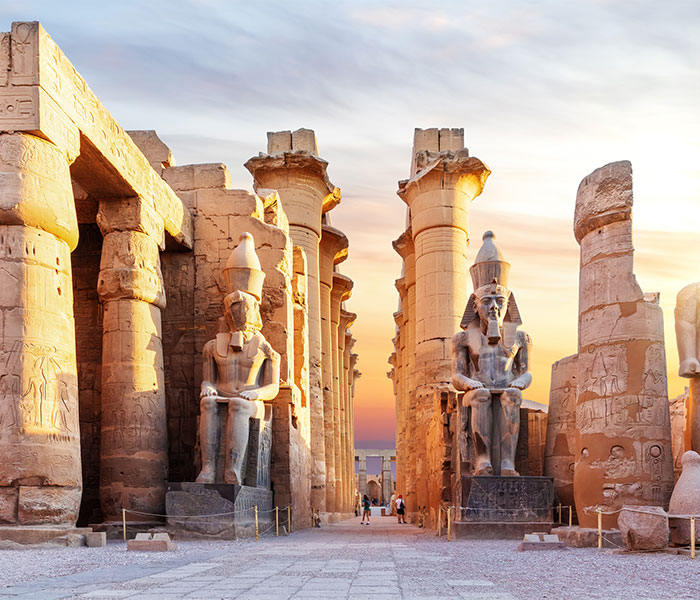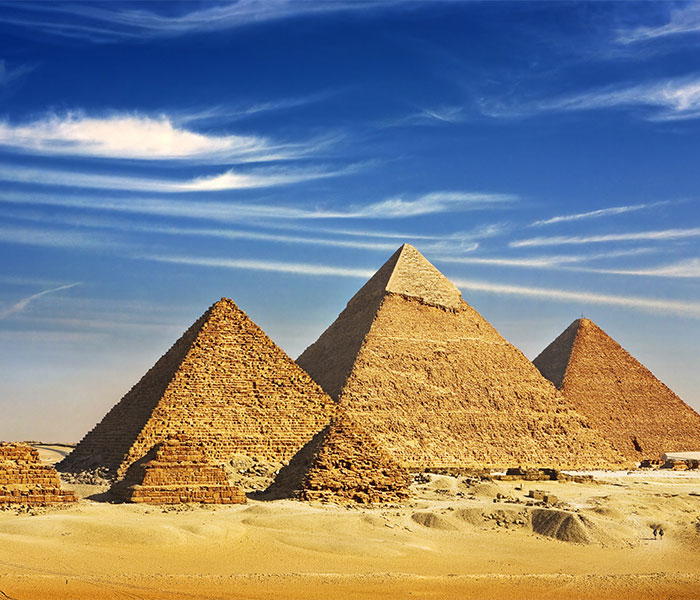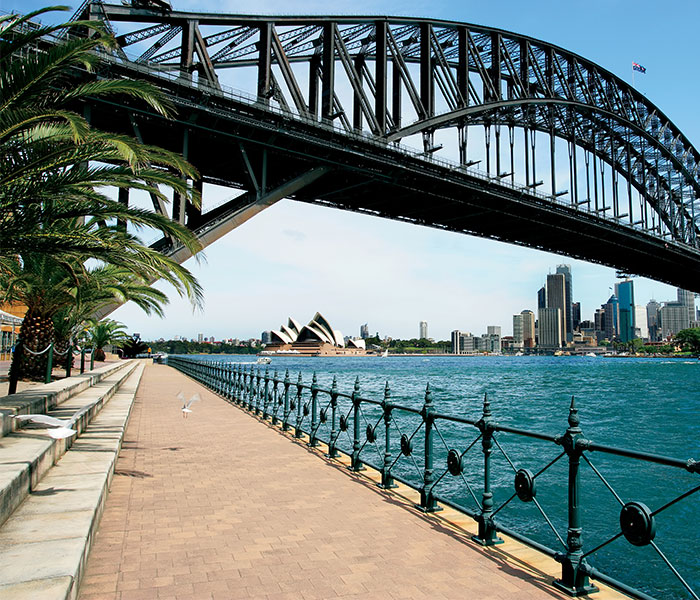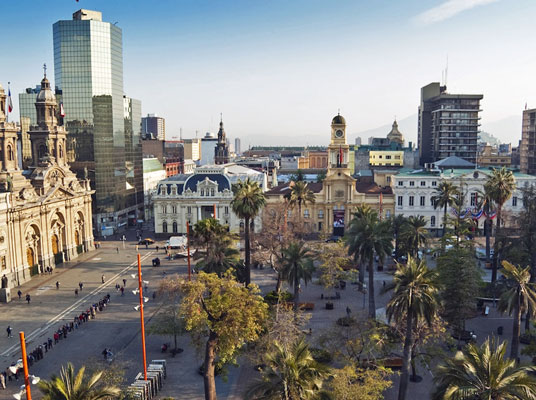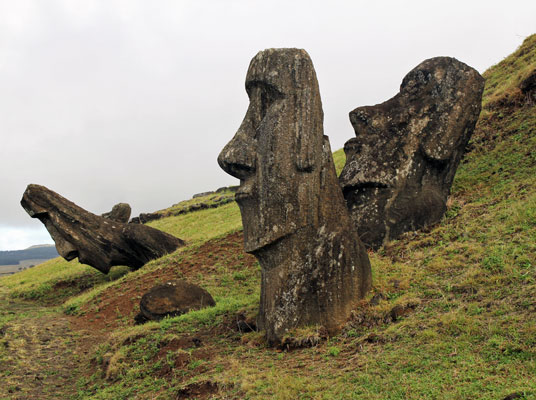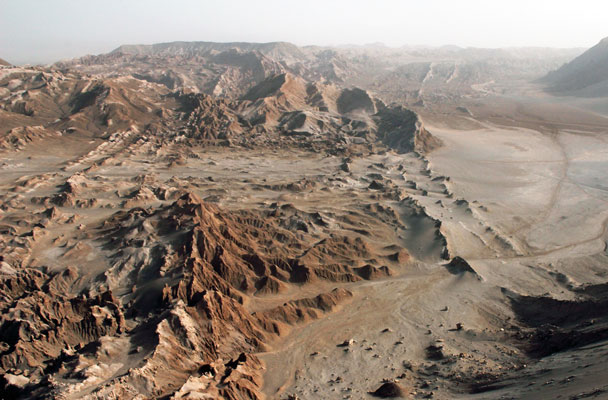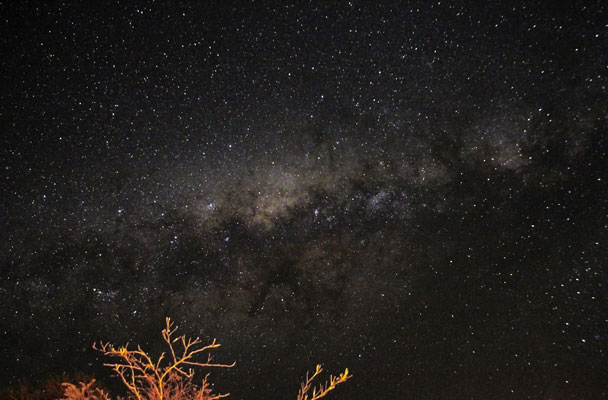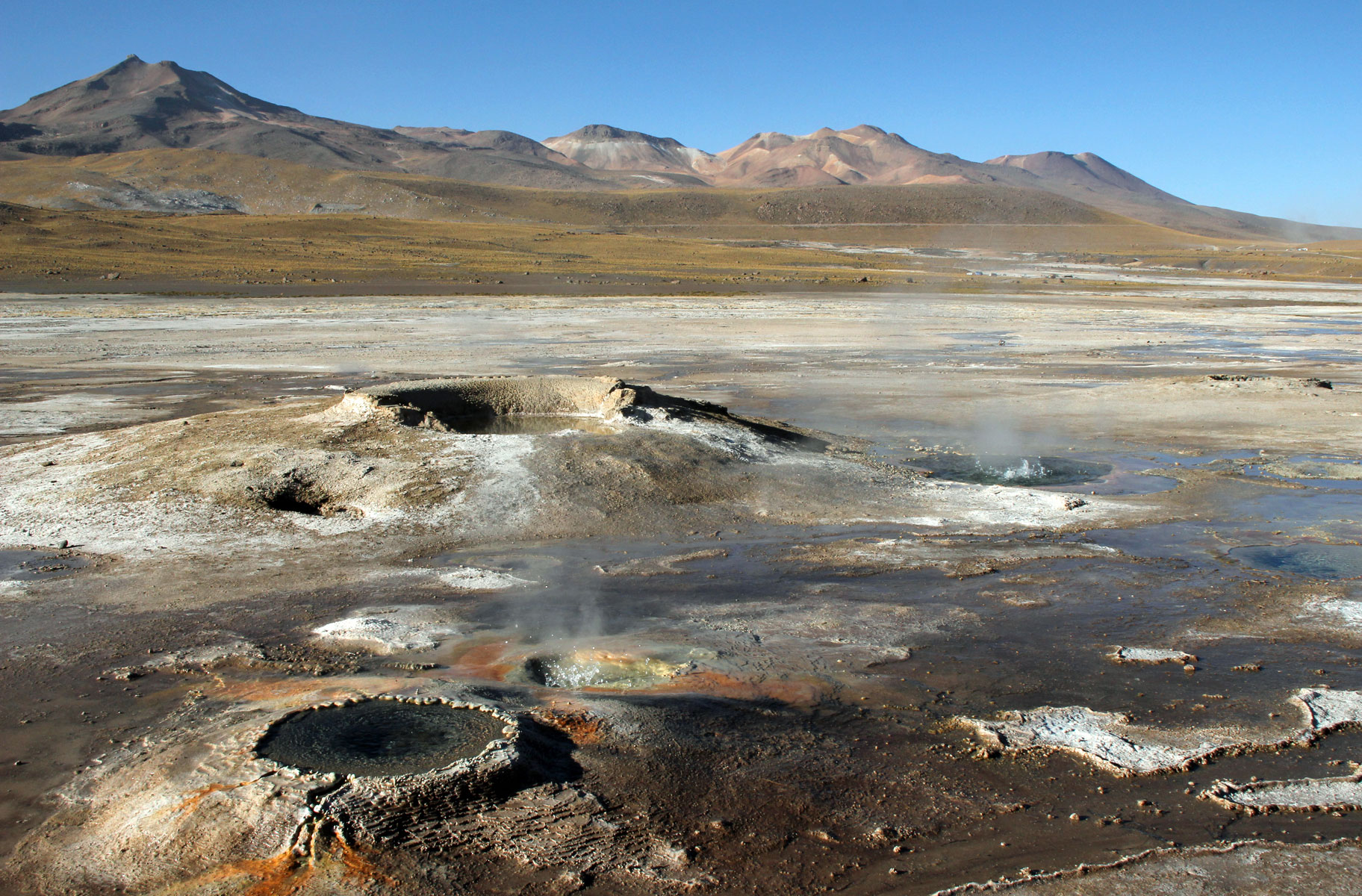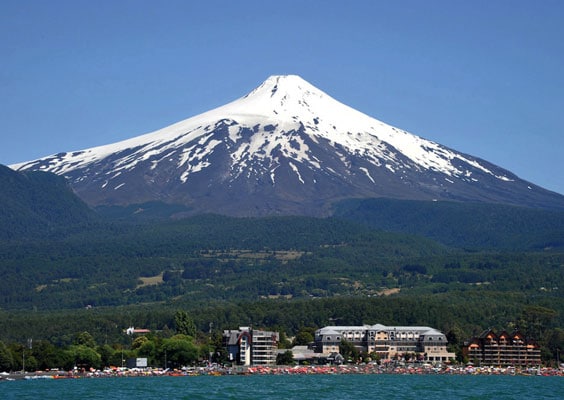Highlights of Chile
Bustling Santiago is Chile’s hub, and the first point of contact for most visitors to Chile. Plaza de Armas, in the city’s historical center, is the capital’s main square. Not only is it a great spot for people watching, it hosts the National History Museum and the magnificent 18th-century Metropolitan Cathedral. A short walk from the Plaza is the Museum of Pre-Columbian Art, housing a priceless collection of Pre-Columbian art and artifacts. A visit to San Cristobal Hill provides a stunning view of the city, with the nearby Andes Mountains as a glorious backdrop.
On the coast some 75 miles (120 km) northwest of Santiago is the port city of Valparaíso, Chile’s second-largest metropolitan area. This UNESCO World Heritage Site sprawls across 45 hills and is often called the ”Jewel of the Pacific.” With numerous funiculars, plenty of narrow streets and cobblestone alleyways full of street art, endless staircases, and freshly-caught seafood at markets and restaurants, it is not a city that can be quickly explored.
Stretching more than 1,200 miles (1,920 km) north of Santiago is the Atacama Desert. Most visitors fly directly from the capital to Calama, and then head for San Pedro de Atacama, a “dark-sky” town in the arid highlands of the Andes mountains. In the vicinity are the Atacama salt flats, the strange rock formations in the Valley of the Moon, the Tatio Geyser field, and ancient pre-Columbian ruins.
South of Santiago is Chile’s Lake District, a region renowned for its snowcapped volcanoes, ancient forests, and deep-blue lakes. The District is home to numerous national parks and forest reserves. Lake Villarrica is the 10th largest lake in Chile, snowcapped Villarrica looms over it, and the town of Villarrica is a popular destination for those wanting a Chile vacation.
In the country’s deep south is Chile’s Patagonia region, where the Andes Mountains plunge into the Pacific, creating stunning landscapes with dramatic archipelagos, channels, and fjords. The usual starting point for exploration of this region is Punta Arenas, a city perched on the edge of the Strait of Magellan. From here, numerous beautiful parks are accessible, including Torres del Paine National Park. Punta Arenas is also used as a base for Antarctic exploration.
Although it’s a five-hour flight west from Santiago, travel to Chile would not be complete without a visit to Rapa Nui (Easter Island). It’s known for the nearly 900 monolithic stone monoliths called Moai that dot the island. The Moai are human-form statues with overly large heads and a torso; some are topped with red-stone cylinders. At the south end of the island is Orongo, a stone village with petroglyphs that is linked to the island’s birdman cult.
If you’re enthused about the night sky, Chile has been called the world’s astronomy capital. Near the coastal city of La Serena are numerous professional observatories including Cerro Tololo (which you can visit). To the north, in the mountains flanking the Atacama Desert, is the Very Large Telescope, also open to visitors. To the northeast is the town of San Pedro de Atacama, a popular destination for stargazers because of its dark desert skies.


